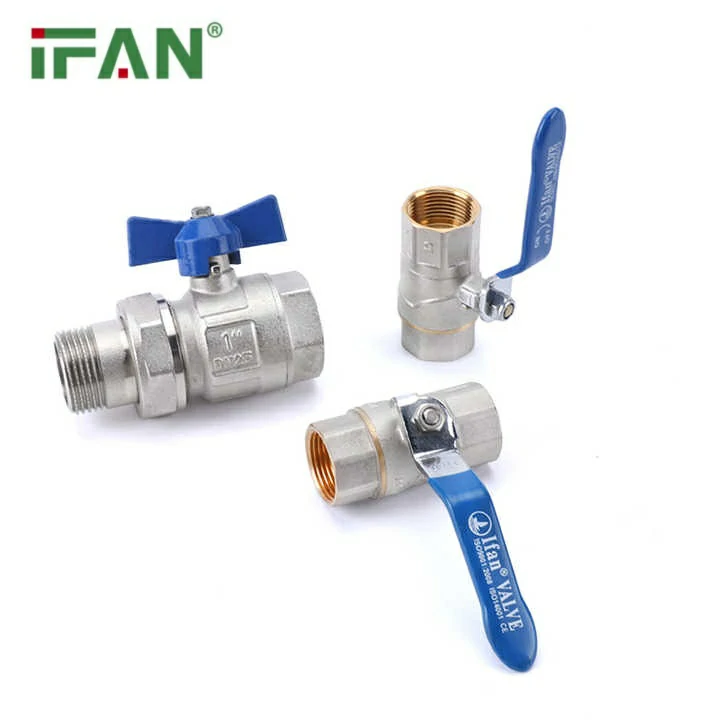Introduction to Plastic and Brass Ball Valves
Plastic and brass ball valves are widely used in plumbing and industrial systems. Each material has unique properties, making them suitable for different applications. This article compares plastic and brass ball valves, helping users make an informed choice based on their specific needs.
Durability and Strength
Brass ball valves are known for their durability and strength, making them ideal for high-pressure and high-temperature applications. Plastic ball valves, while lightweight, may not withstand extreme conditions as effectively. For example, in an industrial setting, brass ball valves are preferred for their ability to handle rigorous use without failure.
Corrosion Resistance
Both plastic and brass ball valves offer corrosion resistance, but their performance varies. Brass valves resist corrosion from water and most chemicals, while plastic valves excel in environments with highly corrosive substances. For instance, in a chemical processing plant, plastic ball valves may be more suitable due to their superior resistance to acidic or alkaline solutions.
Cost Comparison
Plastic ball valves are generally more cost-effective than brass ball valves. Their lower material and production costs make them a budget-friendly option. However, brass valves’ longevity and durability can offset their higher initial cost over time. In a residential plumbing system, plastic valves may be sufficient for low-pressure applications, while brass valves offer better long-term value for high-pressure systems.

Ease of Installation and Maintenance
Plastic ball valves are lightweight and easy to install, requiring no specialized tools. Brass ball valve, while heavier, offer robust performance and easier maintenance due to their durability. For example, in a commercial building, brass ball valve are preferred for their reliability and ease of maintenance, despite being more challenging to install initially.
Temperature and Pressure Handling
Brass ball valves can handle higher temperatures and pressures compared to plastic ball valve. This makes them suitable for heating systems and industrial applications. Plastic valves are limited to lower temperatures and pressures, making them ideal for residential and light commercial use. For instance, in a hot water system, brass ball valve ensure reliable performance under high temperatures.
Environmental Impact
Plastic ball valves are often made from recyclable materials, contributing to environmental sustainability. Brass ball valve, while durable and recyclable, have a higher environmental impact during production. In a green building project, plastic ball valves may align better with sustainability goals due to their lower carbon footprint.
Conclusion
Choosing between plastic and brass ball valve depends on the specific application and requirements. Brass ball valve offer superior durability, temperature, and pressure handling, making them ideal for demanding environments. Plastic ball valves are cost-effective and suitable for low-pressure, non-corrosive applications. By understanding the strengths and limitations of each material, users can select the best ball valve for their needs, ensuring efficient and reliable system performance.

